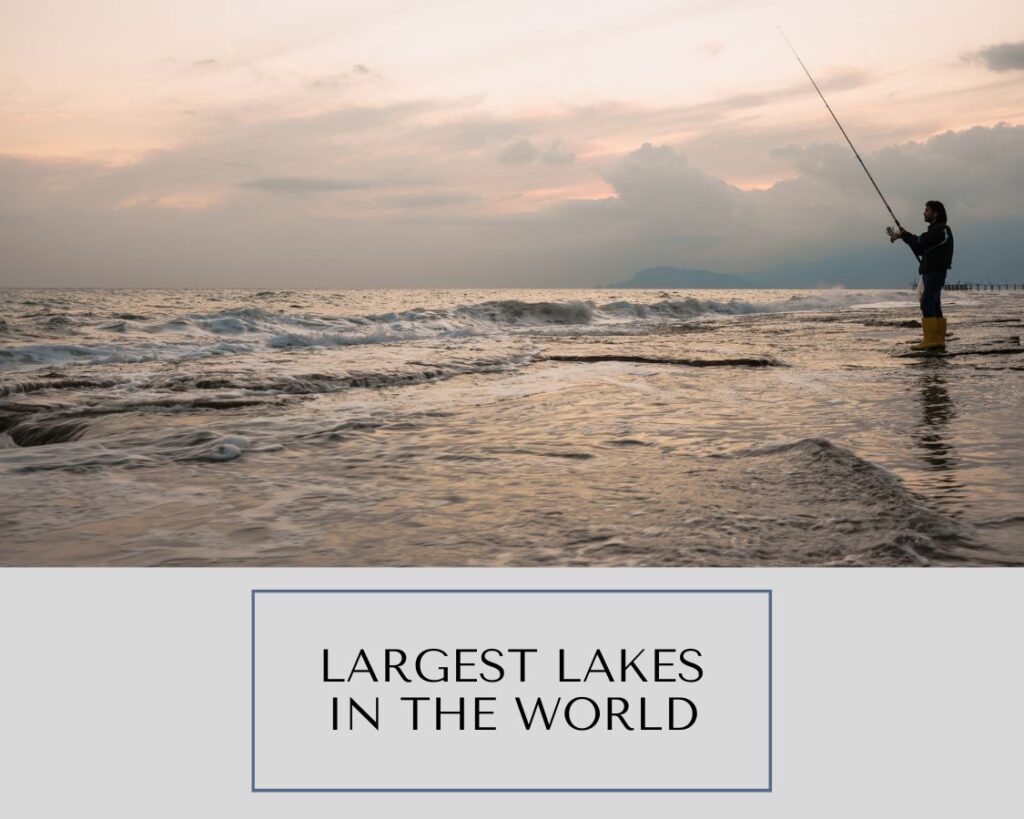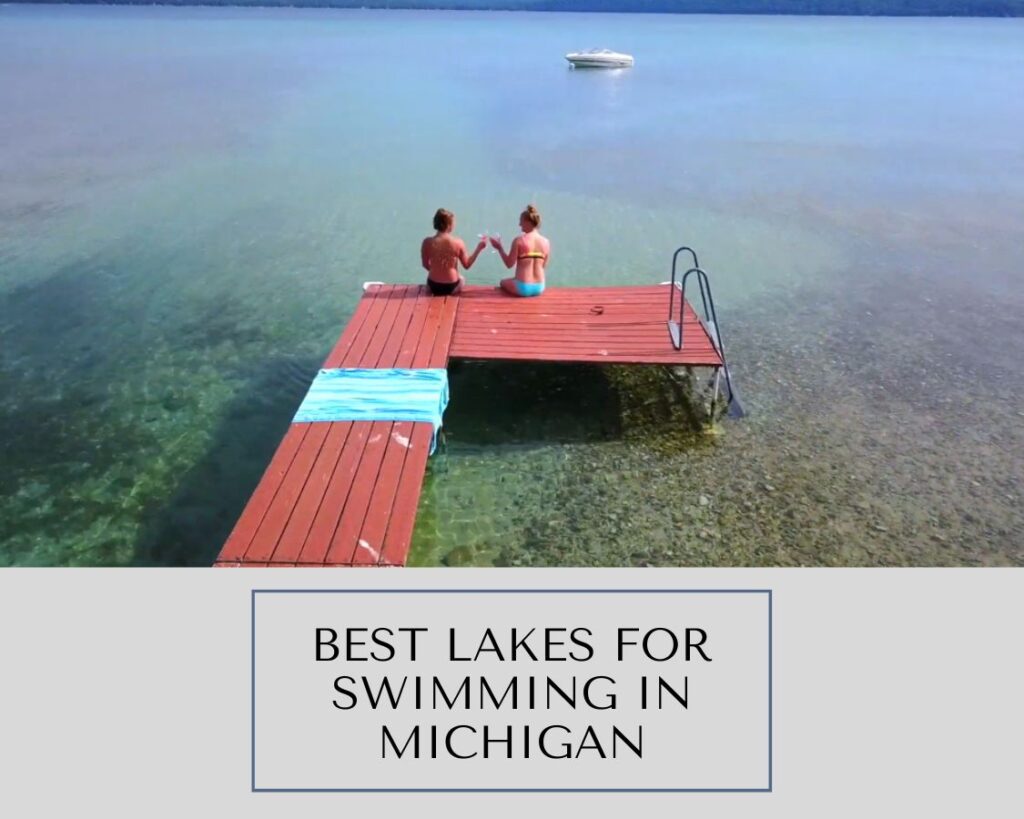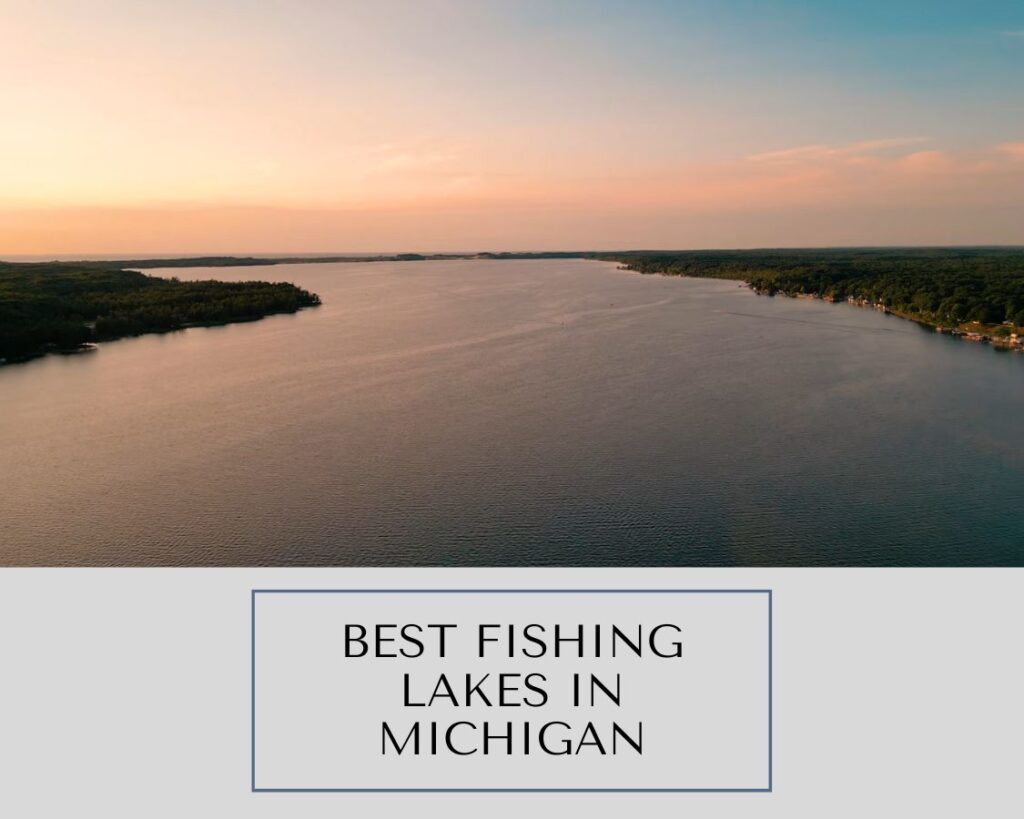Imagine a world where immense bodies of water grace our planet’s surface, and within this watery realm, lakes emerge as tranquil witnesses to Earth’s incredible geological past. These expansive freshwater treasures not only serve as homes to a multitude of diverse ecosystems but also bestow upon us their awe-inspiring beauty, a sight that touches our very souls. In this article, we embark on a journey to discover the ten largest lakes our planet boasts, each one showcasing its distinct allure and vital ecological significance. Dive in and let’s explore!
1. Caspian Sea (143,000 mi2)
The Caspian Sea, often referred to as the “Inland Sea,” stands as a true natural wonder on our planet’s canvas. Its vast expanse covers an astonishing 143,000 square miles (371,000 km²), securing its place as Earth’s largest enclosed body of water. Nestled at the crossroads of Europe and Asia, it serves as a natural dividing line for five nations: Russia in the north, Kazakhstan to the northeast, Turkmenistan to the southeast, Iran to the south, and Azerbaijan to the west. This strategic location has transformed it into a melting pot of diverse cultures, a nexus of trade routes, and a hotspot for geopolitical interests over countless ages.
A glimpse into its history unveils a vibrant tapestry of civilizations that have thrived along its shores. Ancient empires such as the Persian Empire and the nomadic Scythians have etched their enduring legacies into the Caspian’s narrative. Across the centuries, it has borne witness to bustling commerce, maritime adventures, and diplomatic endeavors that have significantly shaped the destiny of the entire region.
In the contemporary era, the Caspian Sea retains its global prominence. Its vast reserves of hydrocarbons have catapulted it into the realm of energy dominance, with the nations bordering it fervently competing for access to these invaluable resources. Concurrently, ongoing efforts are dedicated to safeguarding its distinctive ecosystems and preserving the rich tapestry of marine life within. The Caspian Sea serves as the habitat for sturgeon, the source of coveted caviar, along with numerous other species that play pivotal roles within this delicate ecosystem.
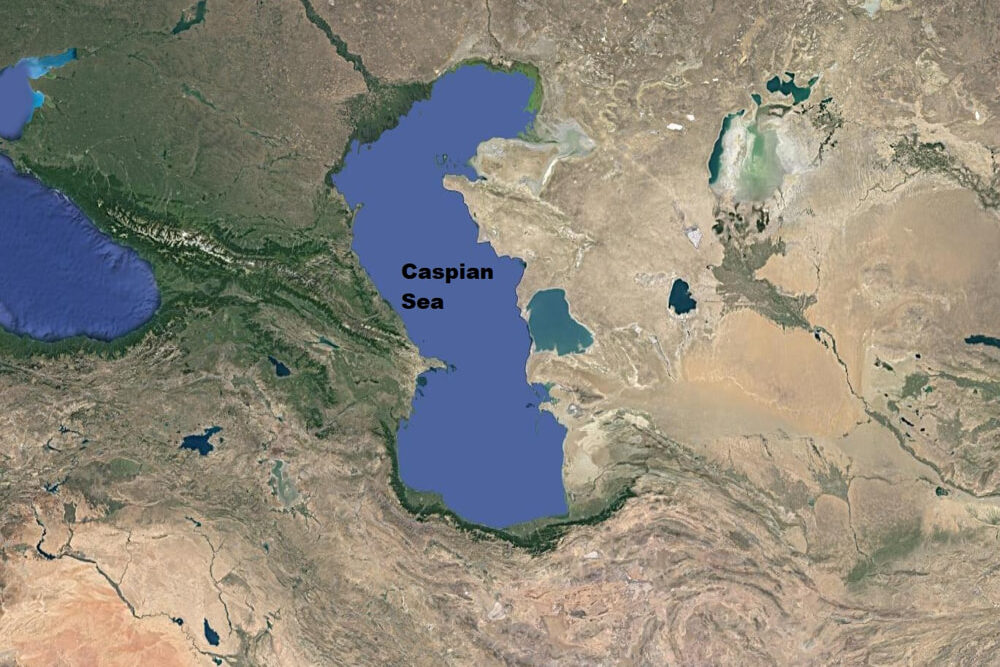
2. Lake Superior (31,700 mi²)
Lake Superior, the grand dame of North America’s Great Lakes, boasts an astonishing accolade as the unrivaled monarch of freshwater lakes when it comes to surface area. Picture an aquatic empire that sprawls majestically across a staggering 31,700 Square miles (82,100 square kilometers). Its vastness is so profound that it almost feels like a freshwater ocean, a tranquil giant among the world’s aquatic gems.
But what truly sets Lake Superior apart is not just its size; it’s the enchanting tapestry it weaves along its shoreline. Imagine standing on the edge of this aqueous colossus, gazing out at a panorama where nature unfurls its most dramatic vistas. Here, you’ll find cliffs that soar to the heavens, their rugged majesty mirrored in the crystalline waters below. The forests that cloak these shores are like living tapestries, unspoiled and pristine, painting an idyllic backdrop for this aquatic masterpiece.
Lake Superior isn’t just a body of water; it’s a living legend, a testament to the awe-inspiring beauty and scale that nature can achieve. It beckons explorers, romantics, and seekers of solace alike to witness its grandeur, to stand humbled by its vastness, and to be enchanted by its tranquil, natural artistry.
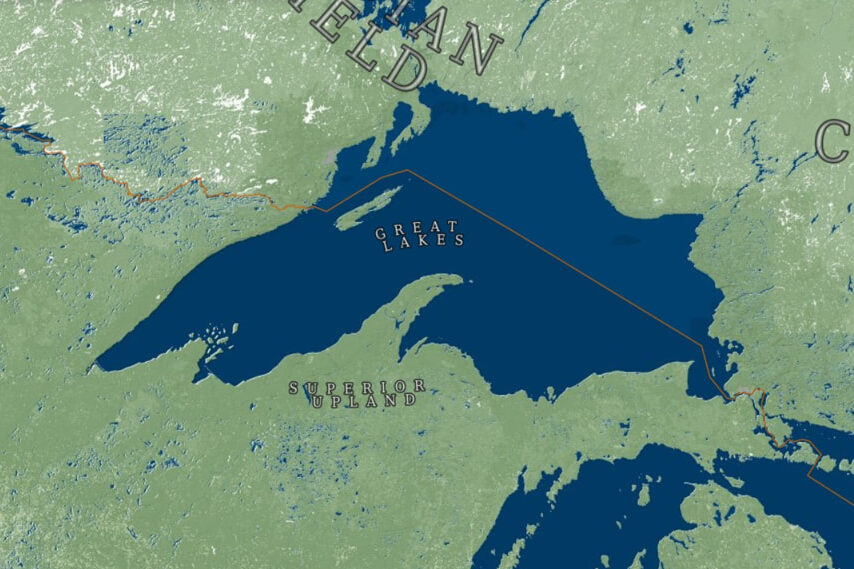
3. Lake Victoria (26,564 mi²)
Nestled in the heart of captivating East Africa, Lake Victoria stands as a majestic testament to the natural wonders that grace our planet. This sprawling body of water, covering a vast expanse of 68,870 square kilometers, not only reigns supreme as the largest lake on the African continent but also claims the impressive title of the world’s second-largest freshwater lake.
Lake Victoria is a true aquatic marvel, boasting a multitude of secrets beneath its shimmering surface. Its immense size has allowed nature to flourish, providing a nurturing environment for a diverse and thriving ecosystem. Within these tranquil waters, an intricate web of life unfolds, creating a tapestry of biodiversity that captures the imagination.
Among the renowned inhabitants of Lake Victoria is the enigmatic Nile perch. This iconic fish species has long held the fascination of researchers, anglers, and admirers of the natural world. Its presence within these aquatic realms adds to the allure of Lake Victoria, making it a sought-after destination for those eager to witness the marvels of freshwater ecosystems.
As the sun’s golden rays dance upon the lake’s surface, painting a vivid mosaic of colors, Lake Victoria’s beauty is undeniable. The surrounding landscapes, brimming with lush vegetation and teeming with wildlife, further enrich the experience of visiting this breathtaking locale.
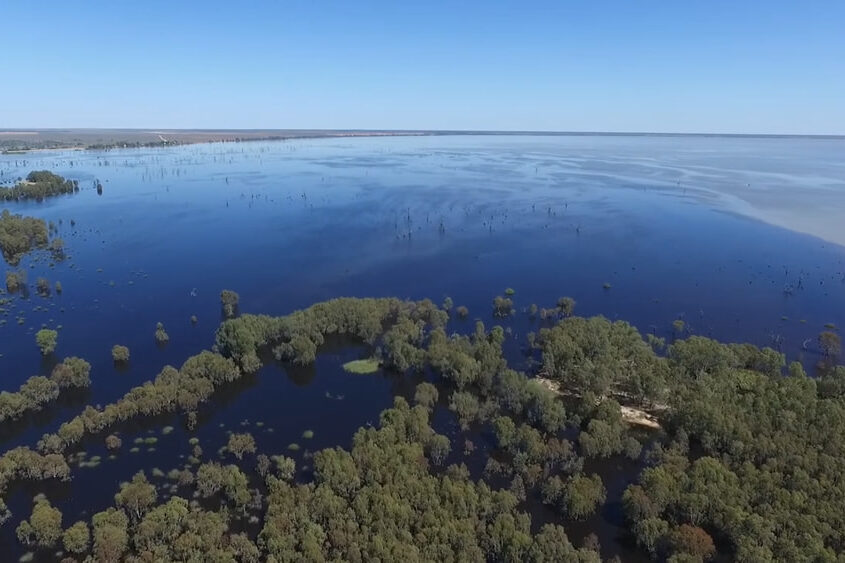
4. Lake Huron (23,012 mi²)
Nestled among the magnificent Great Lakes of North America, Lake Huron stands as a sparkling jewel that beckons explorers and nature enthusiasts alike. Encompassing a sprawling 59,600 square kilometers, this majestic body of water boasts an unparalleled natural beauty that captivates the soul.
Lake Huron’s allure lies in its mesmerizing shades of blue, a spectrum that shifts and shimmers with the changing moods of the sky. These striking blue waters are an artist’s canvas, a testament to the awe-inspiring wonders of Mother Nature herself. With each passing day, Lake Huron paints a new masterpiece, leaving visitors in perpetual wonder.
As you embark on your journey across Lake Huron’s vast expanse, you’ll encounter a mesmerizing world of picturesque islands that dot its surface. These islands, like scattered pearls, enhance the lake’s charm and offer sanctuary to diverse flora and fauna. For boaters and sailors, Lake Huron is a playground of endless exploration, where each island is a unique treasure waiting to be discovered.
Lake Huron’s pristine beauty is not confined to its surface; its depths harbor secrets and mysteries that continue to intrigue scientists and adventurers alike. The lake’s underwater world is a realm of aquatic life, shipwrecks, and geological wonders, inviting divers to plunge into its depths and uncover the hidden stories that lie beneath.
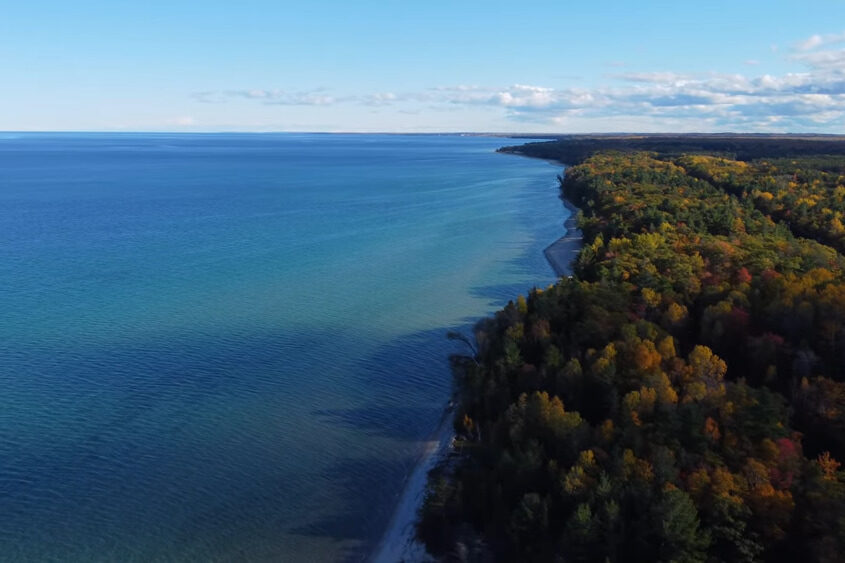
5. Lake Michigan (22,406 mi²)
Lake Michigan, a true gem among the Great Lakes, proudly takes its place as the only one entirely nestled within the United States. Spanning a vast expanse of 58,000 square kilometers, this remarkable body of water embraces an array of landscapes that create an irresistible playground for tourists and cherished retreat for locals alike.
One of Lake Michigan’s most alluring features is its extensive shoreline adorned with picturesque sandy beaches. Stretching for miles, these sun-soaked shores beckon beachgoers to relax, unwind, and soak in the stunning vistas. From the bustling urban beaches of Chicago to the serene, hidden gems along the coast, there’s a spot for every beach enthusiast.
For those seeking adventure and scenic vistas, Lake Michigan’s rugged cliffs provide an exhilarating playground. Along the eastern shore, towering limestone bluffs offer breathtaking hiking opportunities. Trails meander through lush forests and along the precipitous cliffs, rewarding hikers with panoramic views of the lake’s azure waters.
Lake Michigan is renowned for its awe-inspiring sunsets. As the sun dips below the horizon, the sky becomes a canvas of vibrant hues, casting a mesmerizing glow over the tranquil waters. Photographers and romantics flock to the lake’s edge to witness this daily spectacle, making it an iconic experience.
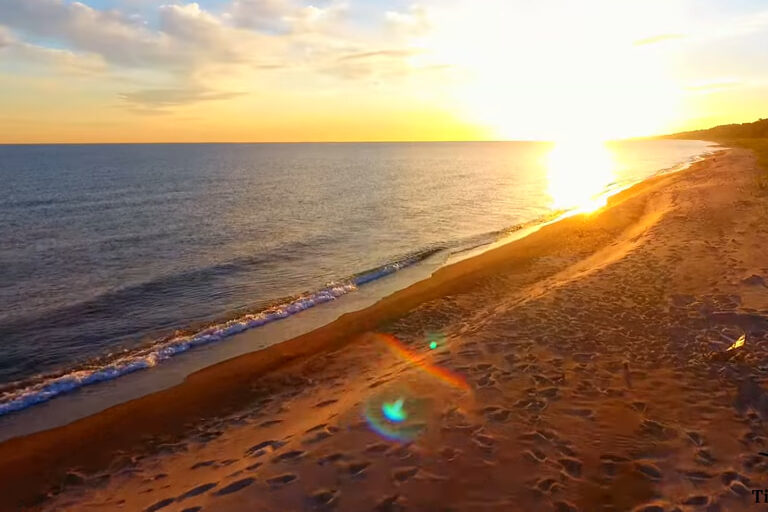
6. Lake Tanganyika (12,703 mi²)
Nestled within the breathtaking African Rift Valley, Lake Tanganyika stands as a natural wonder of epic proportions. This illustrious body of water claims the esteemed title of the world’s longest freshwater lake, stretching its vast reach across 32,900 square kilometers of pristine aquatic expanse.
Lake Tanganyika’s allure extends far beyond its impressive size. It is a treasure trove of biodiversity, harboring unique and enigmatic species that exist nowhere else on our planet. Beneath the surface of its azure waters lies a world teeming with life, where evolution has sculpted a captivating tapestry of aquatic wonders.
The lake’s claim to fame as the longest freshwater lake on Earth is just the beginning of its extraordinary story. Its depths cradle species of fish that have evolved in splendid isolation, adapting to their distinctive environment over millennia. Some of these remarkable fish, like the colorful Tanganyika cichlids, have become icons of the lake’s unique ecosystem and serve as living testaments to the marvels of nature’s creativity.
Exploring Lake Tanganyika is like embarking on a voyage through time, a journey that takes you back to an era when life on Earth was still in its experimental phase. As you dive into its crystal-clear waters, you may encounter fish species with peculiar shapes and behaviors, each one an exquisite product of nature’s ingenuity.
The surrounding landscapes of Lake Tanganyika are equally captivating, with lush greenery and undulating hills creating a picturesque backdrop. Villages dot the shoreline, where the rhythm of life beats to the cadence of the lake, and local communities have forged a deep connection with this precious natural resource.
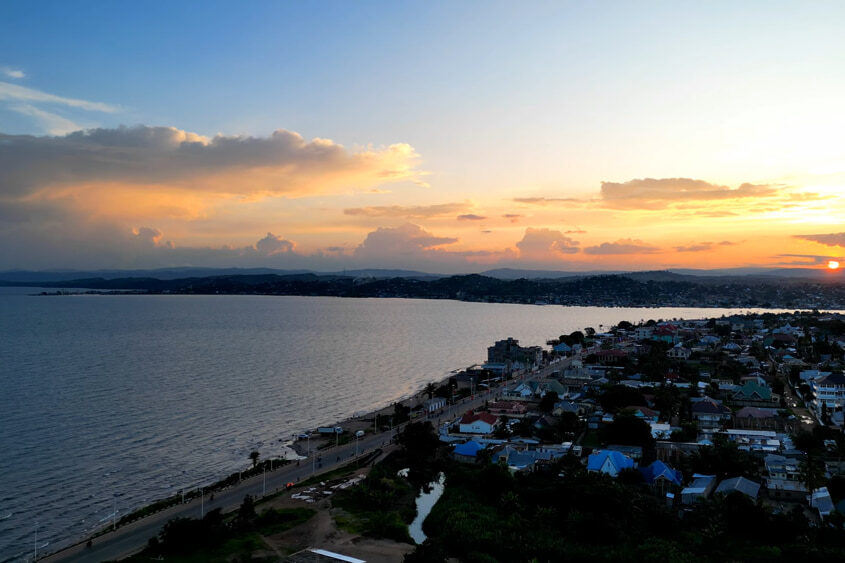
7. Lake Baikal (12,248 mi²)
Nestled in the heart of Siberia, Lake Baikal emerges as a true natural wonder, commanding attention not only for its expansive size, spanning an impressive 31,500 square kilometers, but also for its remarkable depth, earning it the coveted title of the world’s deepest freshwater lake. Often referred to as the “Galapagos of Russia,” Lake Baikal holds within its depths a treasure trove of diversity, boasting ancient species that have evolved in isolation over millennia.
Lake Baikal’s grandeur and significance are immediately evident as you stand at its shores. Its vast expanse of crystal-clear waters stretches as far as the eye can see, a serene and captivating sight that has inspired awe in all who have had the privilege of witnessing it. This immense body of water is a testament to the magnificent forces of nature that shaped it over eons.
Yet, it’s not just Lake Baikal’s size that sets it apart; it’s the astonishing depths that plunge to unfathomable lows that make it truly exceptional. Below the surface, the lake delves to incredible depths, reaching down over a mile in certain areas. These abyssal reaches house secrets and wonders, some of which are still waiting to be fully understood and explored.
What truly sets Lake Baikal apart, however, is its incredible biological diversity. Often likened to the Galapagos Islands for its unique and ancient species, Lake Baikal is a living museum of evolution. Its waters teem with life forms that exist nowhere else on Earth, many of them relics of a bygone era. Among its remarkable inhabitants are the Baikal seal, the world’s only freshwater seal species, and the mesmerizing Baikal omul, a fish that has evolved unique adaptations to thrive in these pristine waters.
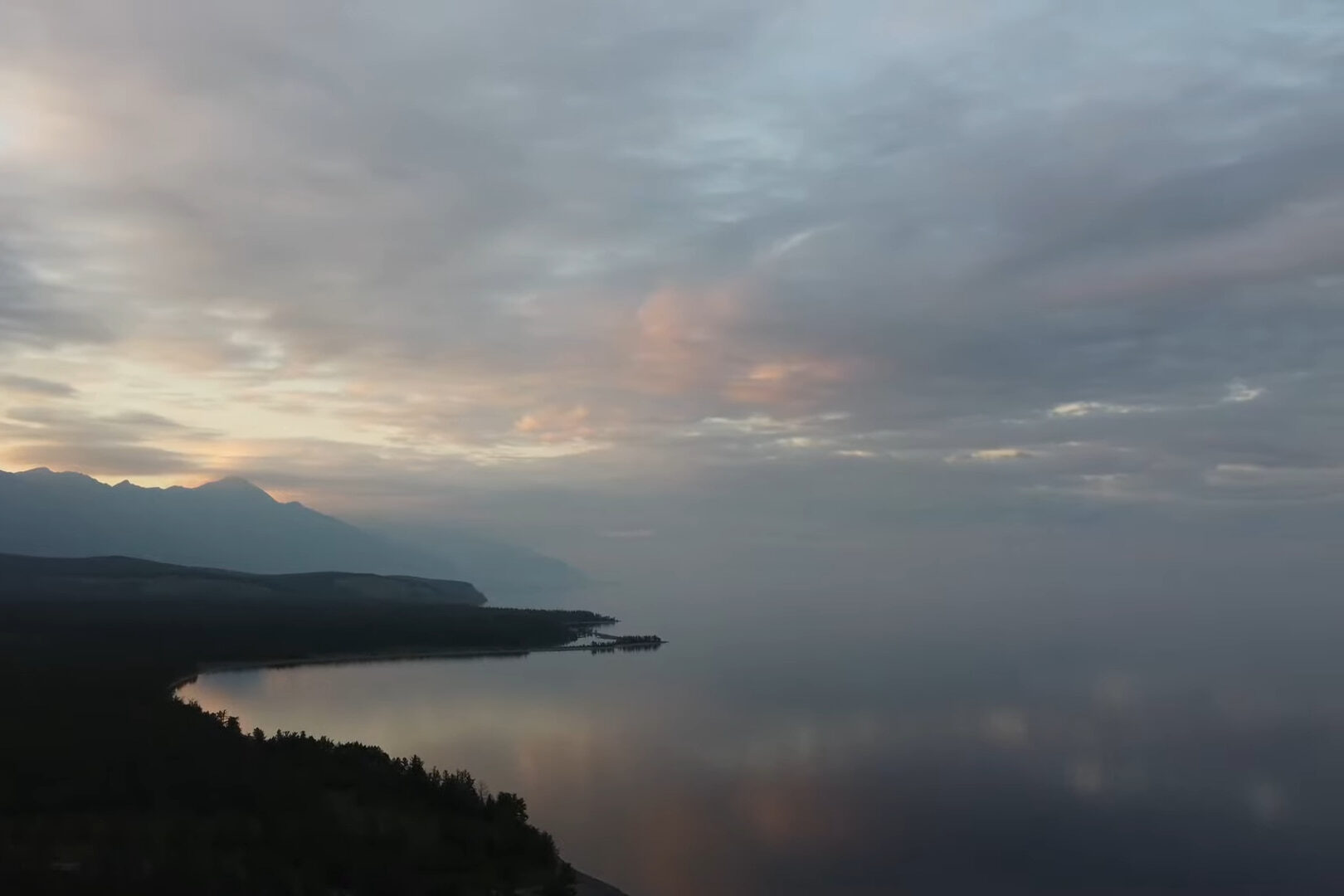
8. Great Bear Lake (12,028 mi²)
Great Bear Lake, a magnificent body of water, is situated in the remote and untouched expanse of Canada’s Northwestern Territories. It proudly unfurls over an expansive 31,080 square kilometers, making it a truly monumental feature of the region’s landscape. But its significance extends beyond mere size; this pristine oasis serves as a vital sanctuary, providing a safe haven for an array of avian and mammalian species.
In this secluded paradise, where the symphony of nature reigns supreme, one can witness the harmonious coexistence of various bird species. Their melodious songs resonate through the unspoiled air, creating a tapestry of sounds that encapsulates the essence of wilderness.
As you traverse the shores of Great Bear Lake, you may encounter a myriad of mammalian residents. From the elusive woodland caribou to the regal grizzly bear, this vast sanctuary offers a refuge for creatures large and small. The diverse and untouched habitat ensures that each species can thrive, contributing to the rich tapestry of life that defines this unique natural wonder.
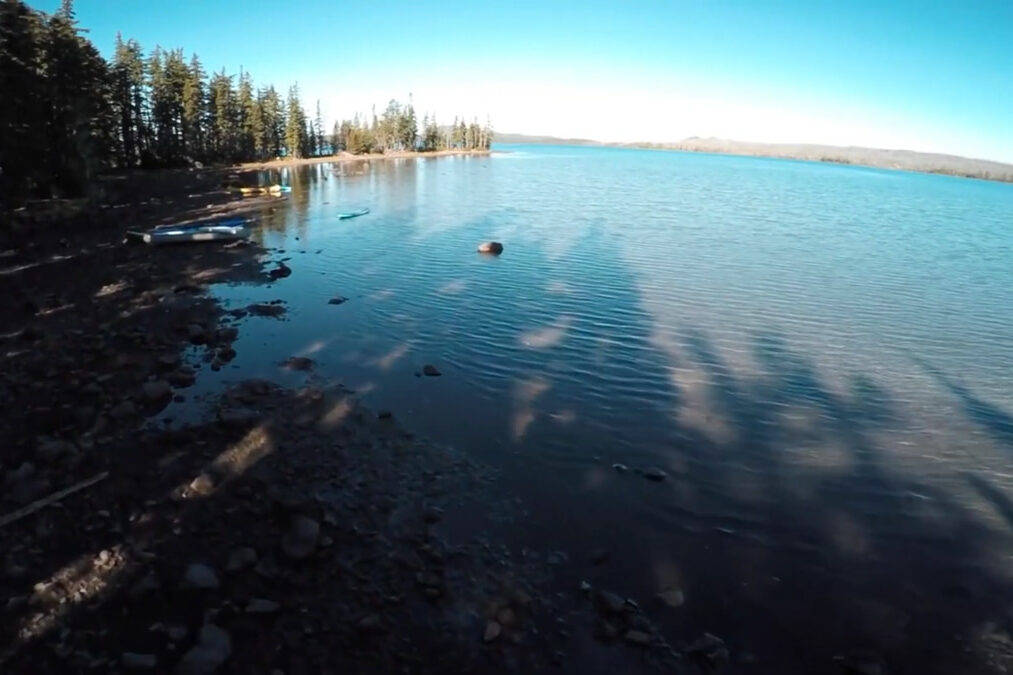
9. Lake Malawi (11,429 mi²)
Nestled within the picturesque East African Rift Valley, Lake Malawi unfolds like a breathtaking masterpiece, covering a vast canvas of 29,600 square kilometers. But it’s not just the sheer size that leaves one awe-inspired; it’s the aquatic symphony that unfolds beneath its shimmering surface.
Lake Malawi’s waters are a crystal-clear haven, where a vibrant community of cichlid fish brings the aquatic world to life with a mesmerizing burst of colors. Imagine a surreal underwater dance, where these colorful fish create an ever-changing, living tapestry that is nothing short of enchanting.
It’s this spellbinding spectacle that has earned Lake Malawi its poetic and fitting moniker – the “Lake of Stars.” As you stand by its shores, you’ll be captivated by the illusion of stars twinkling beneath the water’s surface, making Lake Malawi a true natural wonder that invites you to dive into its world of wonder and discovery.
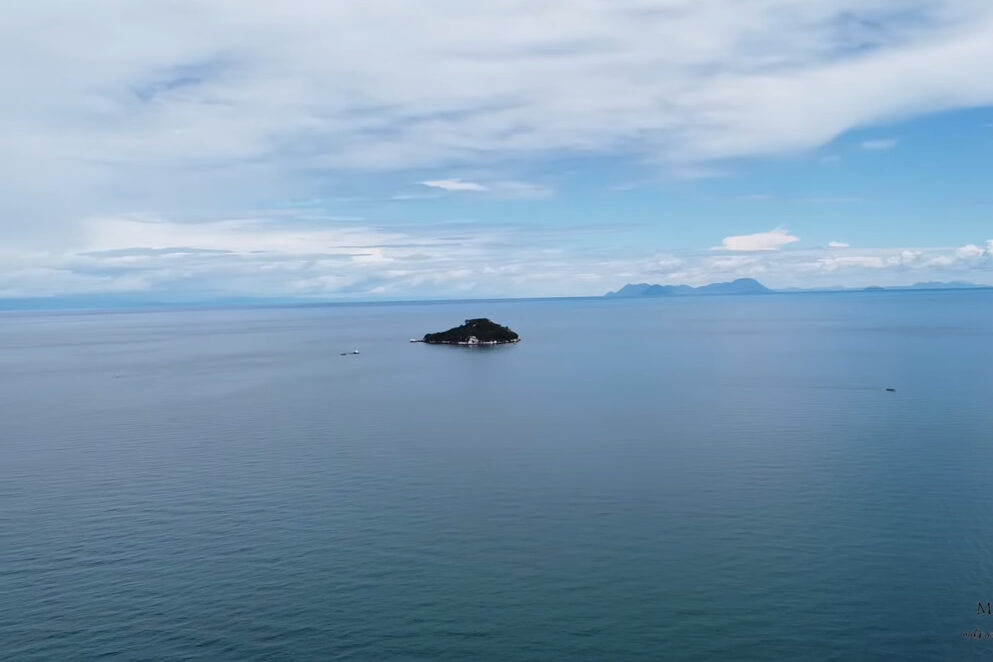
10. Great Slave Lake (10,502 mi²)
Great Slave Lake is a natural marvel that sprawls over an impressive 27,200 square kilometers. Its sheer size places it as the second-largest lake in Canada, making it an extraordinary feature on the North American landscape. With such vastness, it’s no surprise that the lake offers a wealth of opportunities for exploration and adventure.
Nestled in the remote wilderness of Canada’s Northwest Territories, Great Slave Lake is a true wilderness haven. Its isolation from urban development preserves its pristine condition, making it a perfect destination for those seeking unspoiled natural beauty.
One of the most remarkable aspects of Great Slave Lake is its awe-inspiring scenery. Surrounded by majestic mountain ranges, dense forests, and rugged terrain, the lake’s setting is nothing short of spectacular. The crystal-clear waters of the lake contrast beautifully with the surrounding wilderness, creating a landscape that photographers and nature enthusiasts can’t resist.
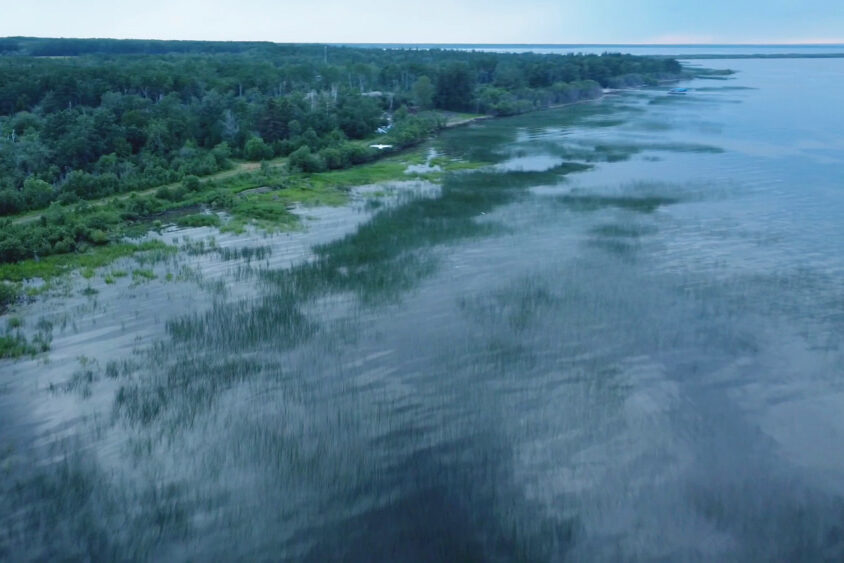
Frequently Asked Questions
What’s the largest freshwater lake in the world?
Lake Superior holds the title of the largest freshwater lake globally, spanning about 82,100 square kilometers. Located in North America among the Great Lakes, it is renowned for its crystal-clear waters and stunning natural landscapes, attracting visitors and nature enthusiasts from around the world.
What’s the deepest lake in the world?
The deepest lake in the world is Lake Baikal, located in Siberia, Russia. It plunges to remarkable depths, making it the world’s deepest freshwater lake, with a maximum depth of about 1,642 meters (5,387 feet).
What’s the biggest lake in Asia?
The biggest lake in Asia is the Caspian Sea. Despite its name, it is classified as a lake due to its enclosed nature and not being connected to an ocean. It spans approximately 371,000 square kilometers, making it the largest lake in both Asia and the world.
What is the largest lake in terms of volume?
Lake Baikal holds the title of the largest lake by volume, containing approximately 23,600 cubic kilometers of freshwater.
How were these lakes formed?
These lakes were formed through various geological processes, including tectonic activity, glacial erosion, and volcanic action.
